Hailed as “the best account of the Best Little Whorehouse in Texas ever written,” author Jayme Lynn Blaschke’s Inside the Texas Chicken Ranch delivers much more than its title suggests — shedding light on the history of prostitution and brothels in the Lone Star State in the processing of building a compelling portrait of “that home out on the range” immortalized in ZZ Top’s 1973 classic “La Grange.” Informed by oral histories, extensive research and interviews the author conducted with legendary madam Edna Milton Chadwell, the 336-page book debunks myths and rumors that swirl around the iconic brothel and its origin story, yet presents them as vivid little folktales. Adding further intrigue to the storied locale and its colorful history are 95 eloquently captioned photographs, several of which are republished here courtesy of the author and The History Press.
9 Photos from 'Inside the Texas Chicken Ranch'
By San Antonio Current Staff on Tue, Jul 26, 2016 at 11:19 pm
Scroll down to view images
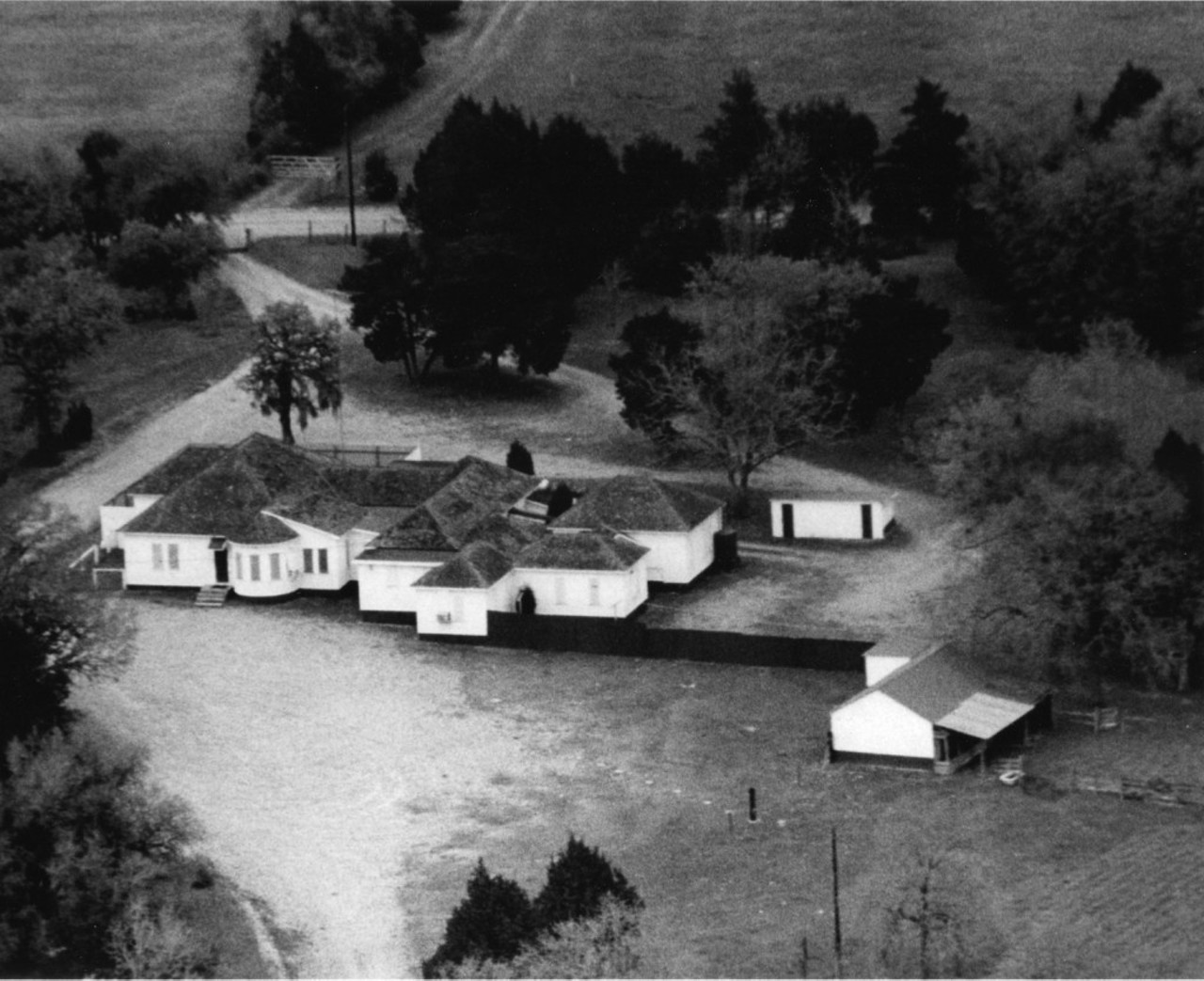
The Chicken Ranch, circa 1973. Courtesy of William P. Hobby Sr. Family Papers
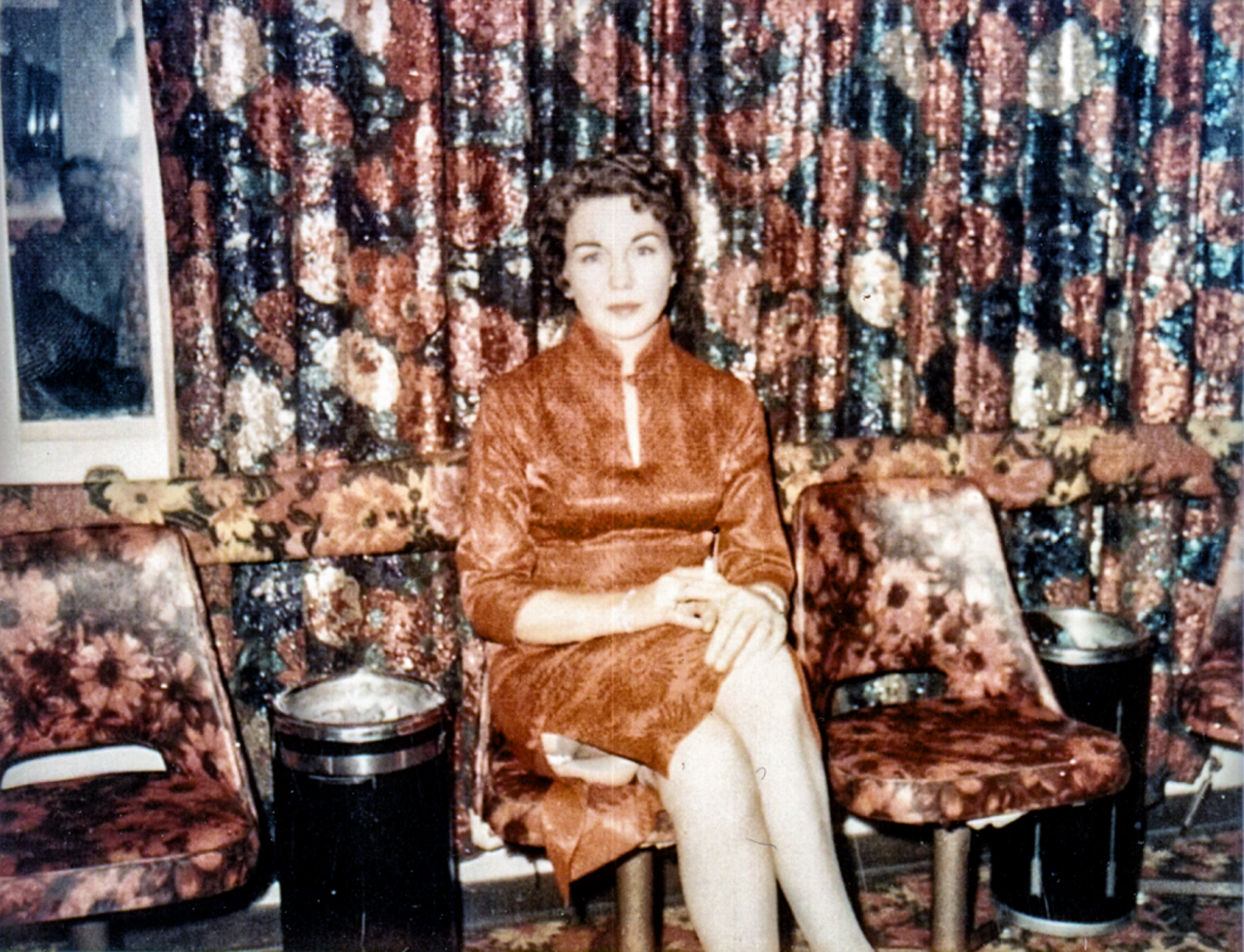
Edna Milton in the uniquely decorated parlor of the Chicken Ranch. Commercial ashtrays were strategically positioned after every second chair. Courtesy of Edna Milton Chadwell
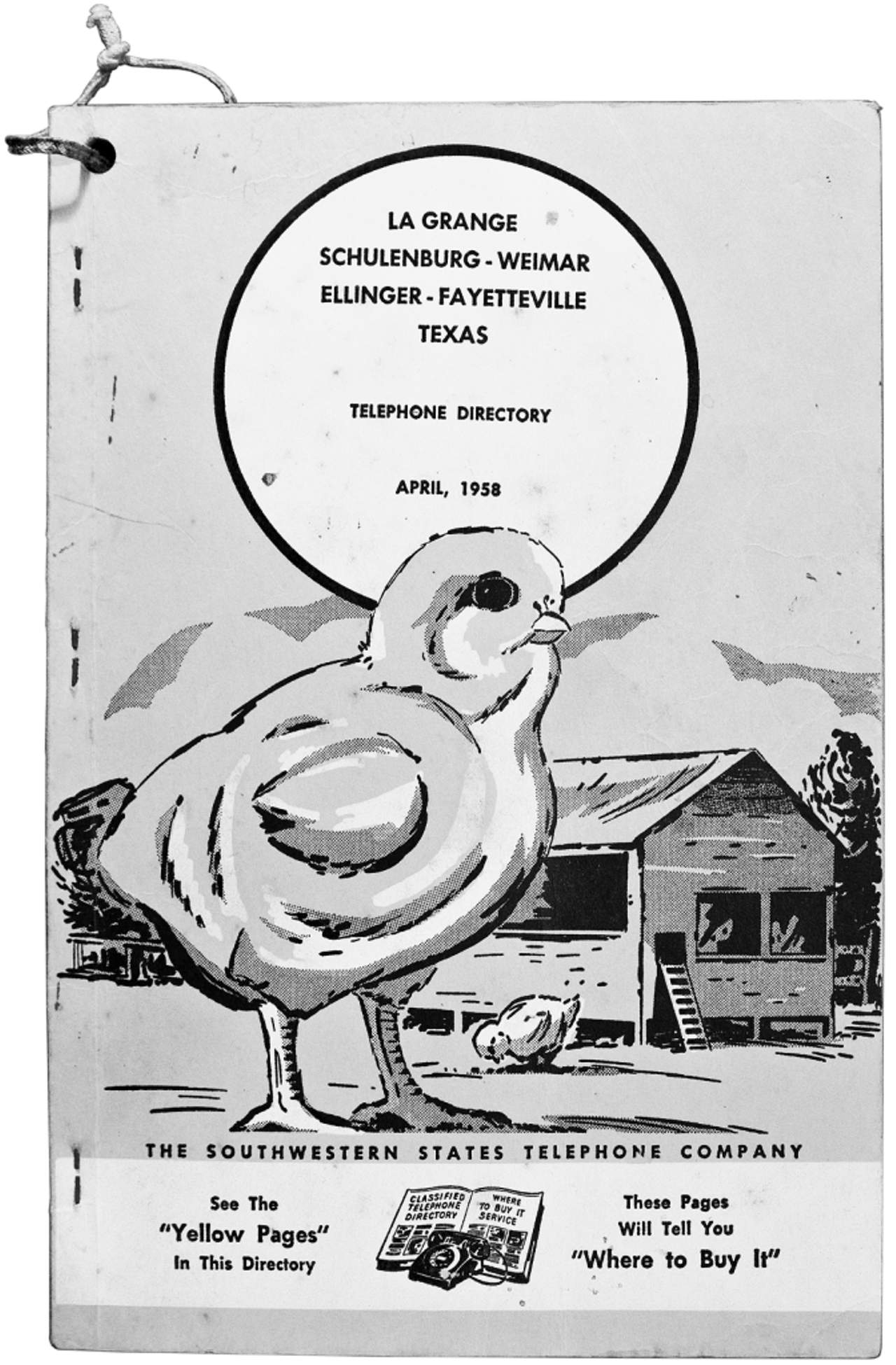
By the middle of the century, the Chicken Ranch — or Chicken Farm — had become so well known throughout the state that Southwestern Bell made a sly acknowledgement of it on the cover of the April 1958 telephone book. Courtesy of Gary McKee
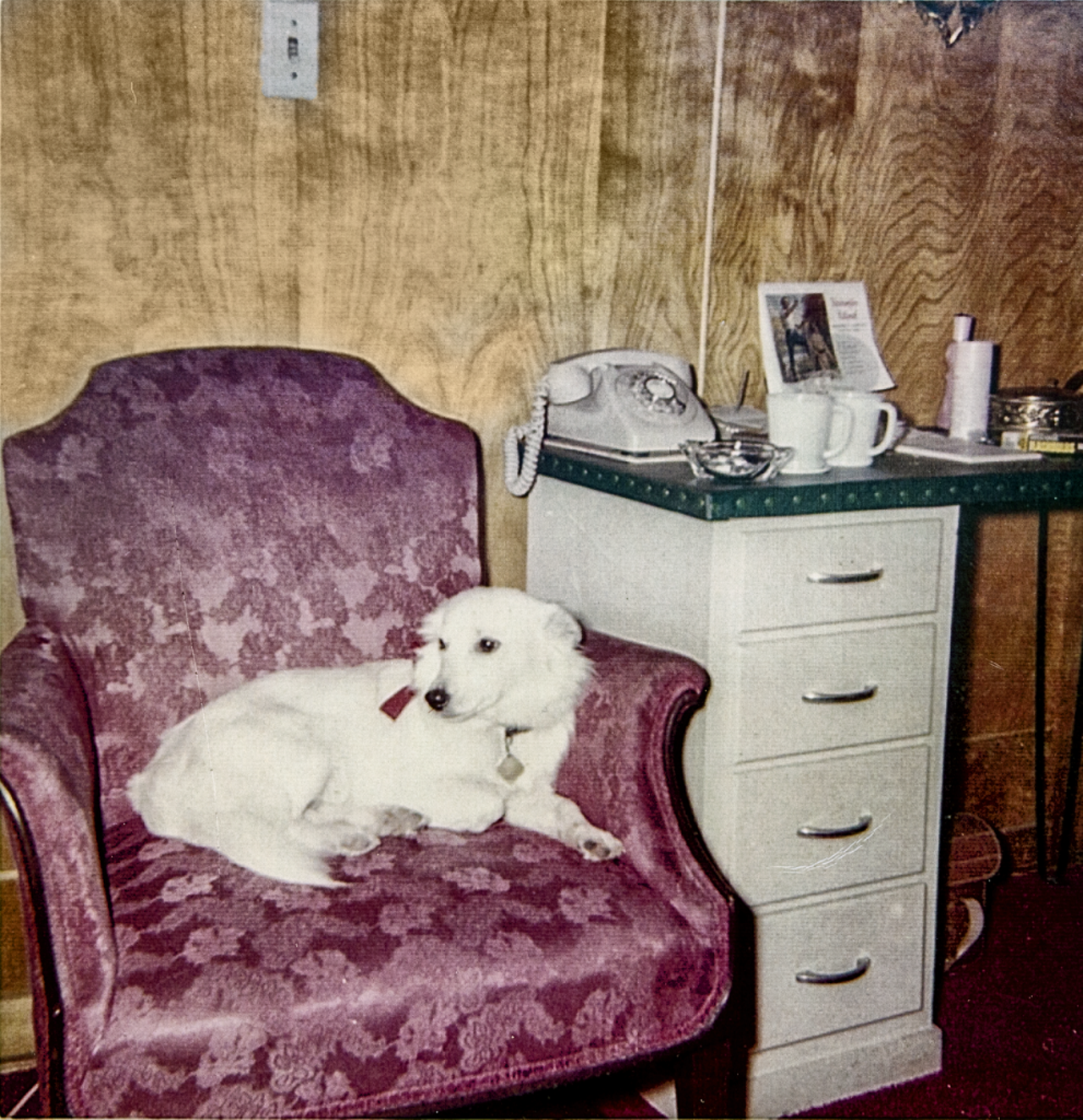
Trixie was abandoned by her owners near the Chicken Ranch. The women took the pup in and made her an unofficial mascot. Courtesy of Edna Milton Chadwell

A set of three cardstock images depicting a front view of the Chicken Ranch, Sheriff T.J. “Big Jim” Flournoy at the Fayette County Fairgrounds and five topless women purported to be former employees of the brothel. Courtesy of William "Trigger" Rogers
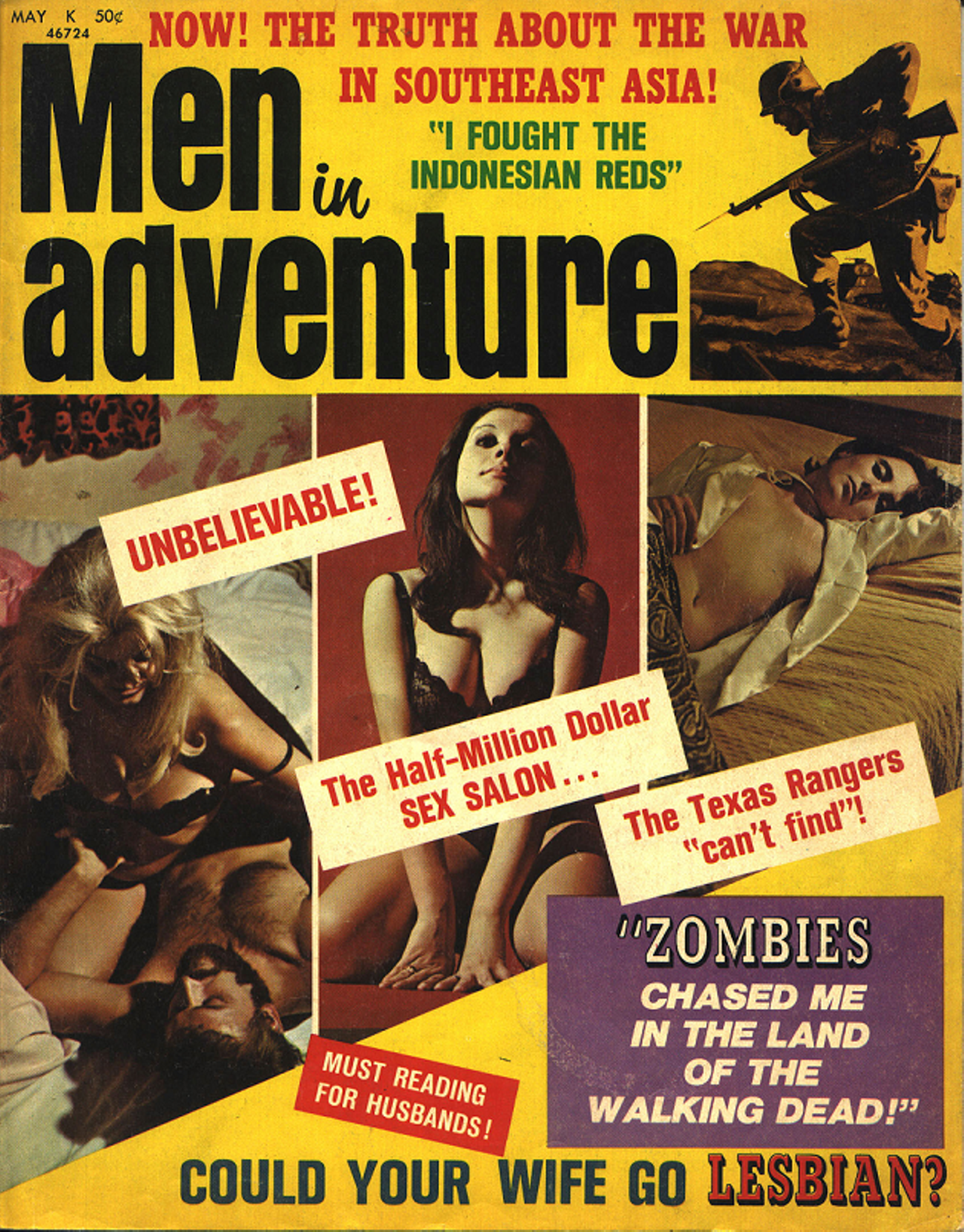
The May 1971 issue of Men in Adventure magazine claimed the Chicken Ranch was a place where prospective customers were regularly drugged and robbed. Collection of Jayme Lynn Blaschke

The Chicken Ranch never produced brass tokens during its long history, but that did not stop entrepreneurs from creating modern versions to sell. Collection of Jayme Lynn Blaschke

Rural garbage collection did not exist in early 1970s Texas, so refuse was often heaped onto large trash piles, where it was burned. The remnants of the Chicken Ranch trash pile hint at the predominant activity on the property. Photo by Jayme Lynn Blaschke
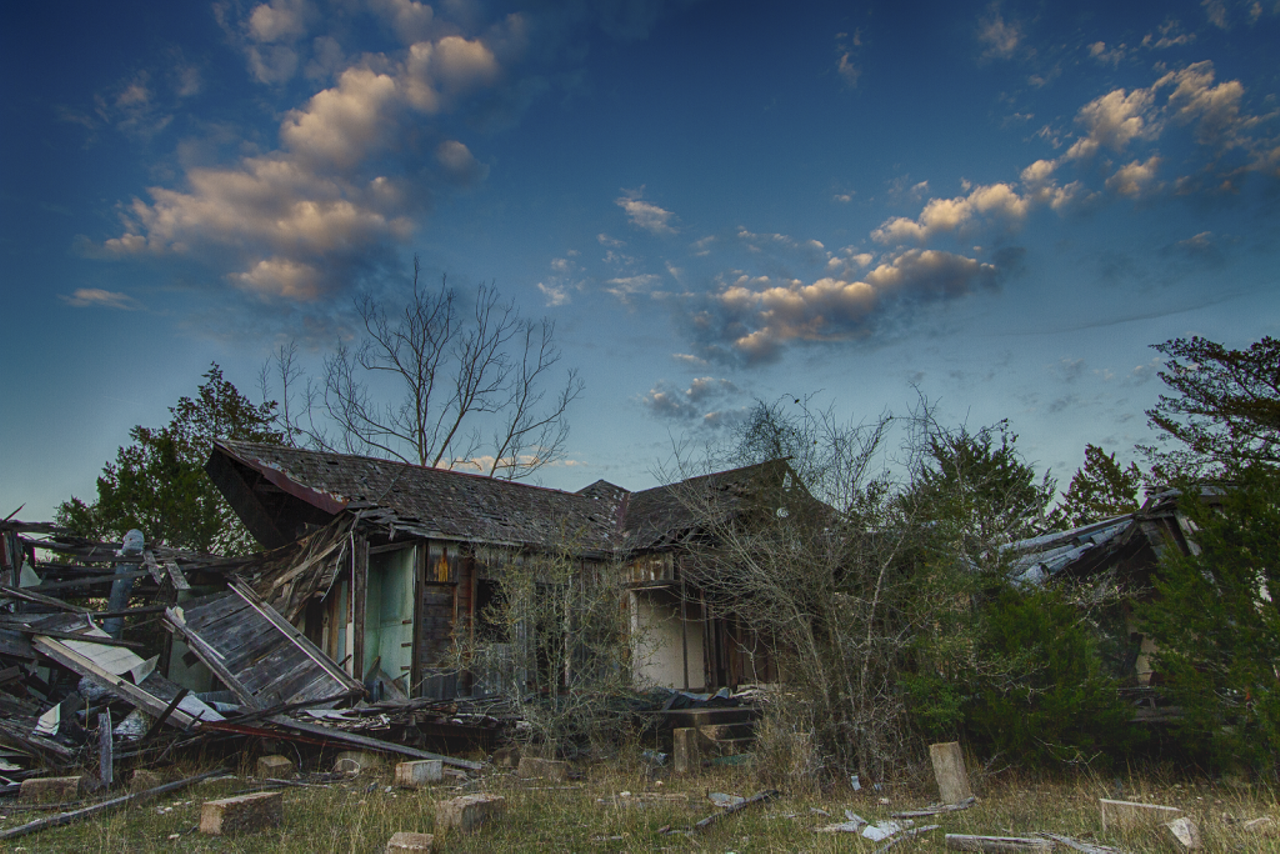
The concrete foundation blocks of the long-gone front parlor lie scattered in this 2013 view of the front of the Chicken Ranch ruins. The west wing (left) and south wing have both completely collapsed, leaving only the original 1915 section marginally stable. As of 2015, efforts were underway to secure a historical marker for the property, but very little remains that otherwise merits preservation. Photo by Jayme Lynn Blaschke







